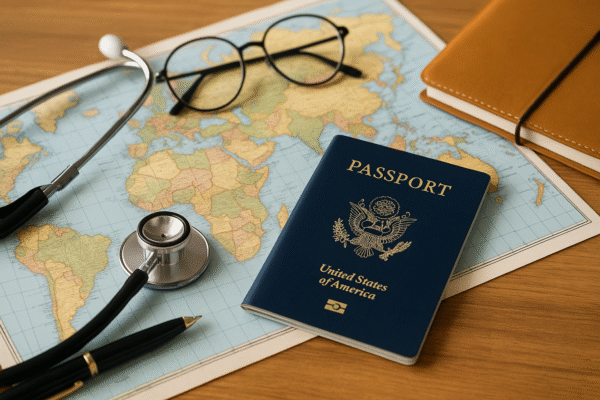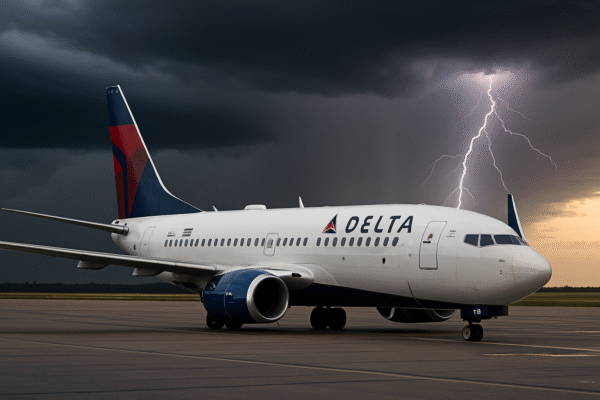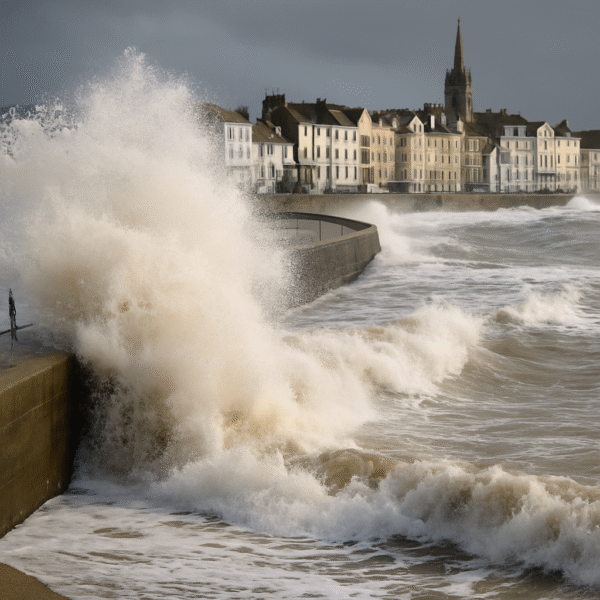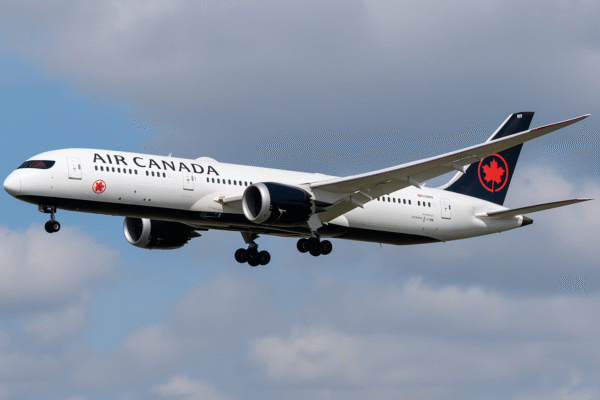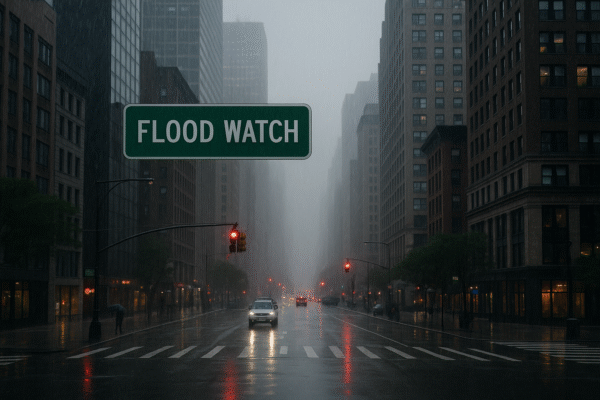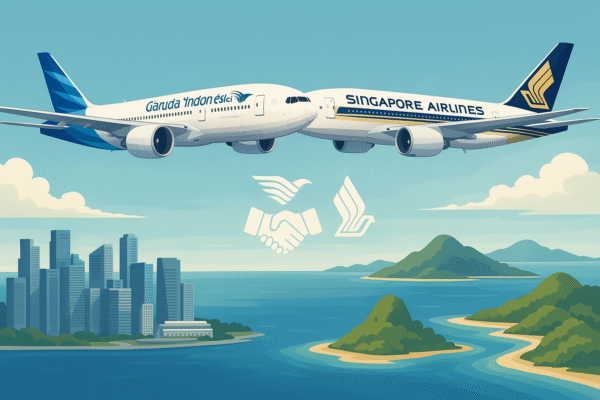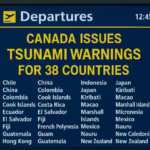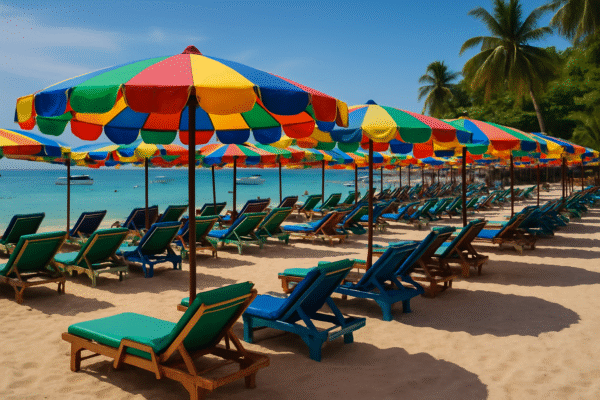HONOLULU / SANTIAGO / WELLINGTON – Following the devastating 8.8-magnitude earthquake off Russia’s Kamchatka Peninsula, immediate tsunami threats across key Pacific tourist destinations—Chile, New Zealand, and Hawaii—have now largely subsided. While alerts and evacuations have been lifted in many regions, government authorities across the Pacific continue to emphasize the importance of preparedness for travelers.
The seismic event, which occurred near Kamchatka, sent shockwaves and tsunami concerns rippling across the Pacific “Ring of Fire.” Though destructive waves did not materialize in most affected regions, emergency systems were swiftly activated, underscoring the persistent risk to coastal destinations.
Chile: High Alert, Strong Waves Prompt Emergency Actions
In Chile, government authorities evacuated several coastal towns after waves reaching 2.5 meters (8.2 feet) struck parts of the country. The Oficina Nacional de Emergencia (ONEMI) issued high-level tsunami alerts and closed beaches and schools along affected zones, including La Serena and Valparaíso.
Although tsunami warnings have since been lifted, ONEMI continues to advise both locals and tourists to remain cautious, especially in low-lying coastal areas. Strong undercurrents and residual wave activity may persist for days.
New Zealand: Extended Advisories and Coastal Warnings
Across the Pacific, New Zealand’s National Emergency Management Agency (NEMA) extended its tsunami advisory due to continuing unusual ocean currents, particularly along the eastern coasts of the North and South Islands.
No evacuations were ordered, but authorities urged residents and travelers to avoid beaches, ports, and estuaries until the advisory is formally lifted. The GeoNet seismic monitoring agency recorded smaller aftershocks from tectonic ripple effects tied to the Kamchatka quake, prompting continued vigilance.
Hawaii: Waves Subside, Tourists Encouraged to Know Evacuation Zones
In Hawaii, sirens and official emergency alerts were triggered in counties such as Oʻahu and the Big Island, prompting initial evacuations. The Pacific Tsunami Warning Center (PTWC) projected wave heights of up to 1.8 meters (6 feet).
While no destructive surges occurred, traffic congestion and temporary dock closures disrupted cruise schedules. By 8:58 a.m. HST on July 30, the Hawai‘i Emergency Management Agency (HI-EMA) officially cancelled the tsunami advisory and declared the islands “All Clear.”
However, HI-EMA reiterated critical tourist guidance:
- Know your evacuation zone and hotel emergency procedures
- Move inland immediately after any strong shaking
- Use only official sources like HI-EMA or PTWC for updates
Tourists are also encouraged to download local emergency alert apps and check their tsunami evacuation maps, which are readily available through hotel lobbies, airport kiosks, and official websites.
Kamchatka, Russia: Epicenter of Quake and Local Impacts
The earthquake’s epicenter near Severo-Kurilsk, a coastal town in the Kamchatka region, experienced waves up to 6 meters (20 feet). Flooding damaged roads and power systems, and a state of emergency was declared. Minor injuries were reported, though no fatalities confirmed.
In a related development, Klyuchevskaya Sopka, an active volcano in the region, showed signs of increased activity. While not posing an immediate threat to travelers, geological experts are monitoring the situation closely, particularly due to the volcano’s proximity to adventure tourism routes in Kamchatka.
Broader Pacific Impacts
In Japan, evacuation advisories affected nearly two million residents, with one fatality reported during evacuation procedures. Tsunami drills were rapidly executed, a somber reminder of the lingering trauma from the 2011 Tōhoku disaster.
Meanwhile, California’s Crescent City reported wave surges around four feet. While no injuries or damage were recorded, coastal access was briefly restricted, and tourists were asked to remain inland.
Impacts on Tourism and Coastal Businesses
While the tsunami alerts did not cause widespread destruction, tourism businesses experienced significant disruptions:
- Cruise ships in Hawaii and New Zealand temporarily evacuated ports
- Coastal excursions including scuba diving, surfing, and whale watching were paused
- Some hotels conducted emergency evacuation drills, reassuring guests about preparedness protocols
Business owners across Chile, Hawaii, and New Zealand reported brief declines in bookings due to uncertainty, though government transparency and swift responses helped stabilize traveler confidence.
Tips for Tourists in Tsunami-Prone Destinations
- Check evacuation zones upon hotel check-in
- Sign up for official alerts (HI-EMA, NEMA, ONEMI, PTWC)
- Carry a compact emergency kit, including water, medication, documents
- Move inland immediately if you feel a quake—don’t wait for sirens
- Verify travel insurance for natural disaster coverage
Historical Tsunami Vulnerabilities
Travelers visiting the Pacific Rim should be aware of the region’s seismic history. Hawaii alone has recorded over 160 tsunamis. Chile’s 1960 Valdivia earthquake, the strongest ever recorded (9.5 magnitude), and Japan’s 2011 disaster both serve as reminders of the region’s geophysical volatility.
Final Travel Advice: Stay Prepared, Stay Informed
As emergency agencies scale back tsunami warnings, officials stress the need for continued caution. Seismic activity remains unpredictable, and even hours after an earthquake, dangerous wave surges may still occur.
Whether you’re trekking the volcanic valleys of Kamchatka, enjoying coastal resorts in Chile, or surfing in Waikiki, prioritizing safety is essential. Travelers should monitor updates from trusted government sources and avoid spreading or reacting to misinformation.
For more travel news like this, keep reading Global Travel Wire



